In a country where commuting can often mean lost hours and mounting costs, there are a few cities that stand out for their ease and efficiency. These reliable commuter cities boast shorter-than-average commute times, low congestion costs, and manageable fuel usage.
Contributing factors include smart city planning, low population growth, accessible highways, and, in some cases, favorable weather. From Rochester’s snowy efficiency to Columbus’s bike-friendly infrastructure, these cities prove that with the right approach, getting to work doesn’t have to be a daily struggle. Let’s explore five of the best American cities for consistent, low-stress commuting.
5 Reliable City Commuters
1. Rochester, N.Y.: The Commute Champion
Rochester stands as the top U.S. city for commuters, thanks to its impressive metrics across the board. With an average commute of just 18.7 minutes and a mere 12 annual delay hours, it’s no wonder congestion costs are only $273 per commuter per year.
Snowfall is heavy, averaging around 100 inches annually, but local drivers manage expertly. The road infrastructure holds up well even in extreme weather. Fuel usage is minimal at 11 gallons wasted per year, and public transit sees modest use at 2.9%. Rochester’s combination of efficiency, resilience, and planning makes it a commuter’s paradise.
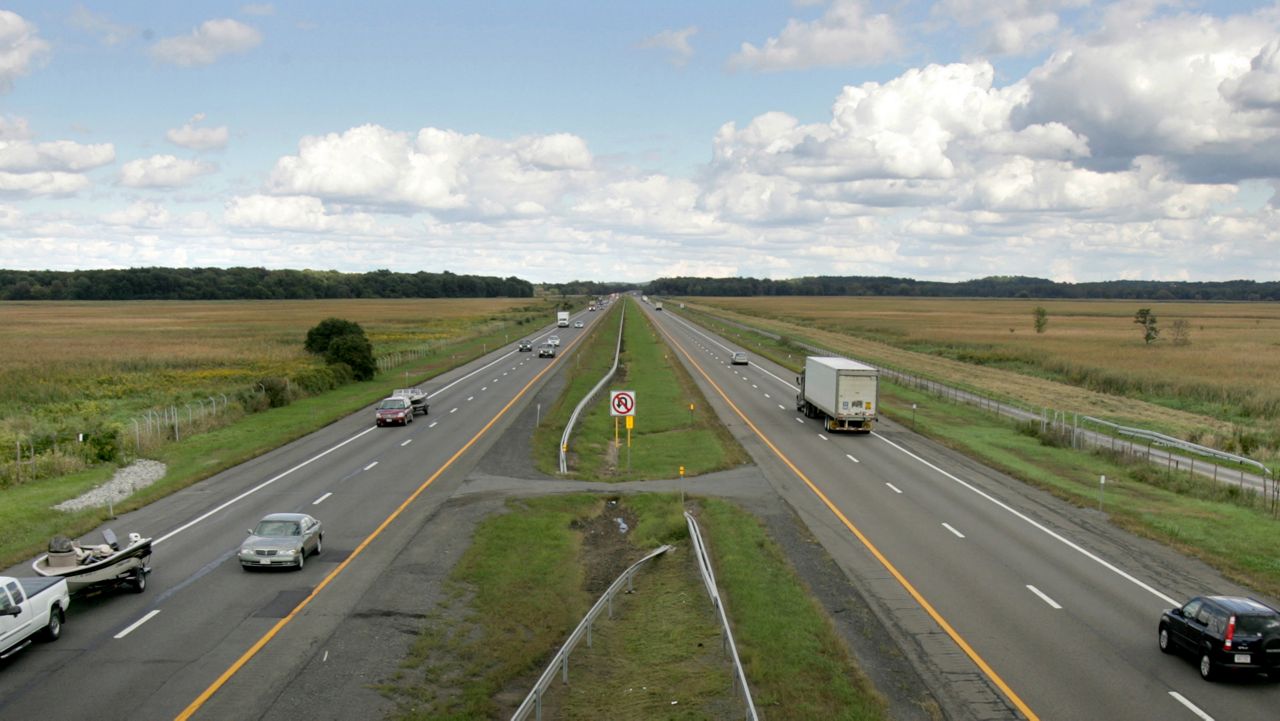
2. Columbus, Ohio: Where Biking Meets the Highway
Columbus has cultivated a commuter-friendly culture, blending car and bike infrastructure for optimal traffic flow. With a commute time of 22.8 minutes and only 17 hours of yearly delay, congestion costs are kept at $388 per person.
The city has prioritized road safety and function by investing in major corridors, like the I-70/71 project, with support from the state. Former Mayor Michael B. Coleman’s “Bikin’ Mike” legacy lives on in the city’s encouragement of cycling.
Fuel waste remains low at 15 gallons annually, while just 2.2% use public transit, suggesting driving is not only necessary but also efficient here.
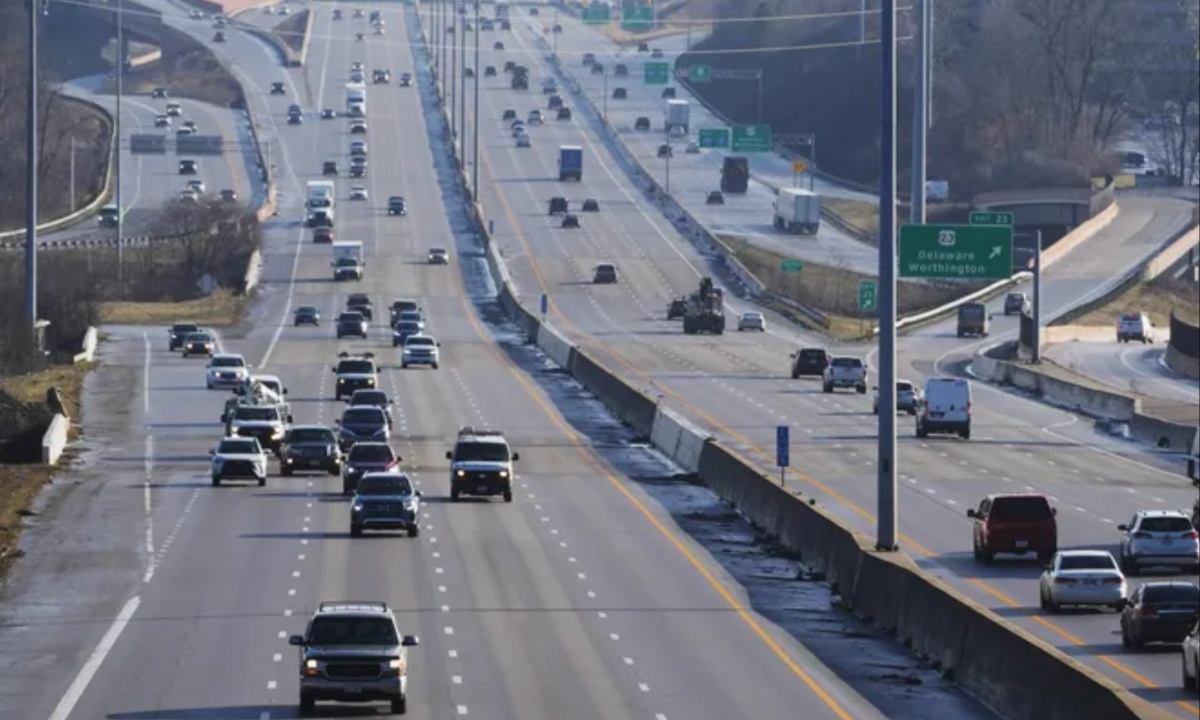
3. Providence, R.I.–Mass.: Built for Accessibility
The Providence-New Bedford-Fall River region offers a well-rounded commuting experience for its 1.6 million residents. Commute lengths average 23.9 minutes with 19 annual delay hours, and congestion costs total $406 per person. The area’s roadways benefit from interstates like I-95 and I-195, which cut travel time.
Additionally, with 40 parking garages and over 1,000 metered spots, access to downtown is straightforward and stress-free. Fuel waste sits at just 15 gallons annually. With only 2.9% of residents using public transit, the region thrives on car travel, supported by practical parking and efficient road infrastructure.
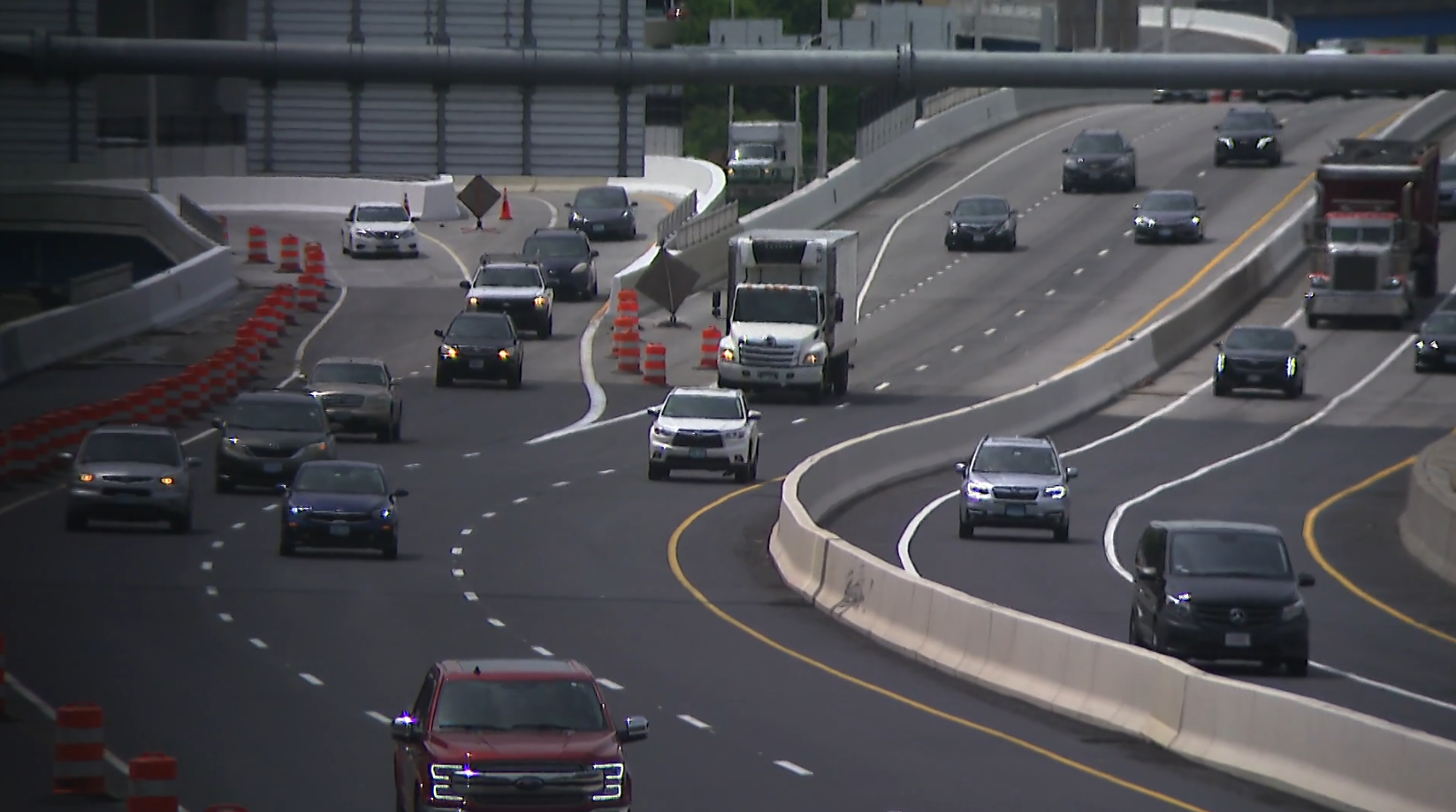
4. Richmond, Va.: Smooth Rides and Sunny Skies
Richmond’s relatively mild climate and strategic highway design contribute to its commuter reliability. Average commute time is 24.5 minutes, and despite its growing population of over 1.2 million, congestion-related delays remain low at 19 hours annually.
Commuters spend about $411 per year on traffic-related costs and waste just 16 gallons of fuel. A number of major roadways flow directly through the city, dispersing traffic evenly.
Only 2.3% of the population uses public transport, reinforcing the city’s dependence on private vehicles. Richmond combines southern ease with smart planning to offer commuters a drive that’s rarely frustrating.
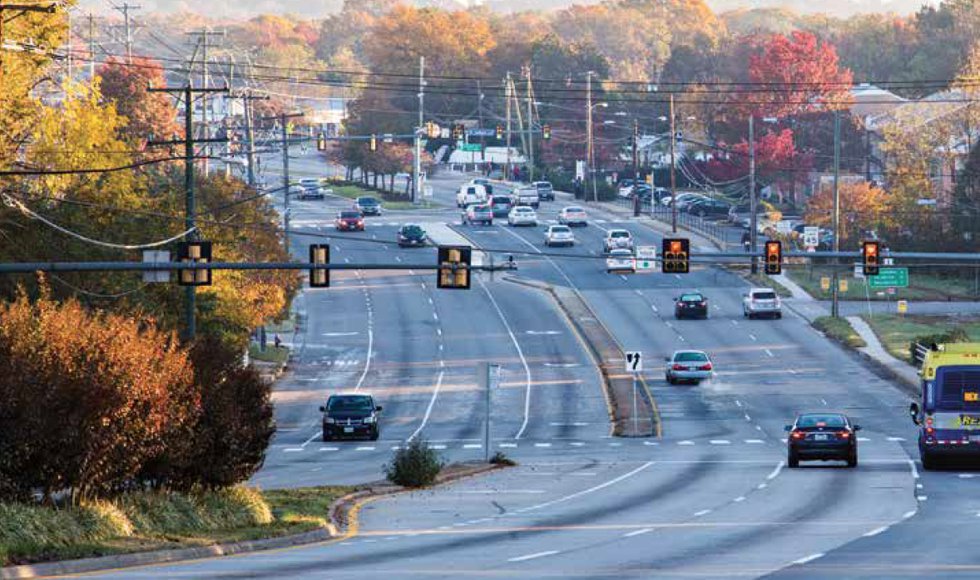
5. Buffalo, N.Y.: Snowy Roads, Clear Commutes
Buffalo’s reputation for snow doesn’t deter its strong commuter efficiency. The city’s population has dropped significantly over the past few decades, which ironically benefits traffic flow for those who remain. With an average commute of 20.8 minutes and just 17 hours of yearly delay, congestion costs hover around $417.
The Skyway Bridge connects South Buffalo to downtown in record time, weather permitting. Public transit use stands at 4.1%, higher than the other four cities on this list. Thanks to wide roads and less crowding, Buffalo offers a surprisingly easy commute even in a snowy climate.
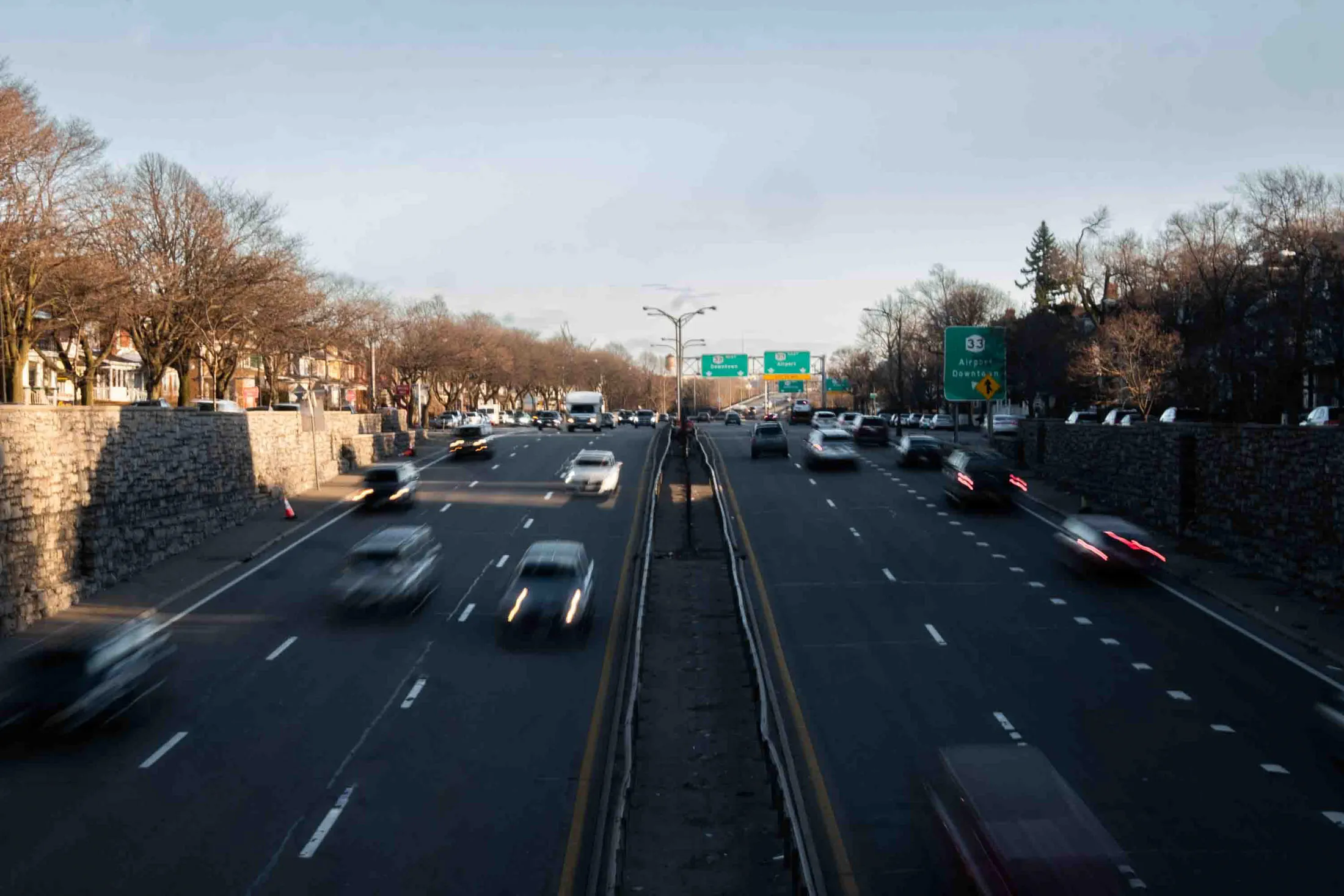
These five U.S. cities showcase what happens when planning, population, and infrastructure align. Whether it’s Rochester’s short commute times or Columbus’s innovative roadway upgrades, each city on this list proves that reliable commuting is achievable.
Efficient routes, reasonable gas costs, and minimal delays translate into time and money saved. While public transit use remains low in all five, the structure of these cities supports private commuting with little hassle.
For millions of drivers, these locations represent the gold standard—places where getting to and from work isn’t a battle, but a simple part of the day.
5 That Get Stuck in Traffic
Not every urban area can offer a smooth commuting experience. In fact, some of the world’s busiest cities are plagued by chronic congestion, massive fuel waste, and seemingly endless travel times.
In these cities, the infrastructure hasn’t kept up with population booms, and public transit either isn’t sufficient or isn’t accessible to the masses.
From the gridlocked bridges of Istanbul to the legendary chaos of Manila, commuting becomes a daily burden. This section highlights five international cities where traffic overwhelms daily routines—and where arriving at work on time often feels more like wishful thinking than a realistic goal.
1. Mumbai, India: The Gridlock Capital
Mumbai’s title as India’s financial and entertainment hub comes with a grim downside—its roads are overwhelmed. With an average annual delay of 121 hours, it’s the worst globally for traffic congestion. Travel during peak hours slows to 18 km/h (11 mph). With over 20 million residents, the city’s infrastructure hasn’t kept up with its growth.
Aging roads, limited traffic management, and explosive car ownership have turned short trips into hour-long crawls. Business travelers and residents alike struggle daily. Vehicle leasing is recommended to navigate the city’s demands, offering reliability, better mileage, and access to newer, traffic-ready vehicles.
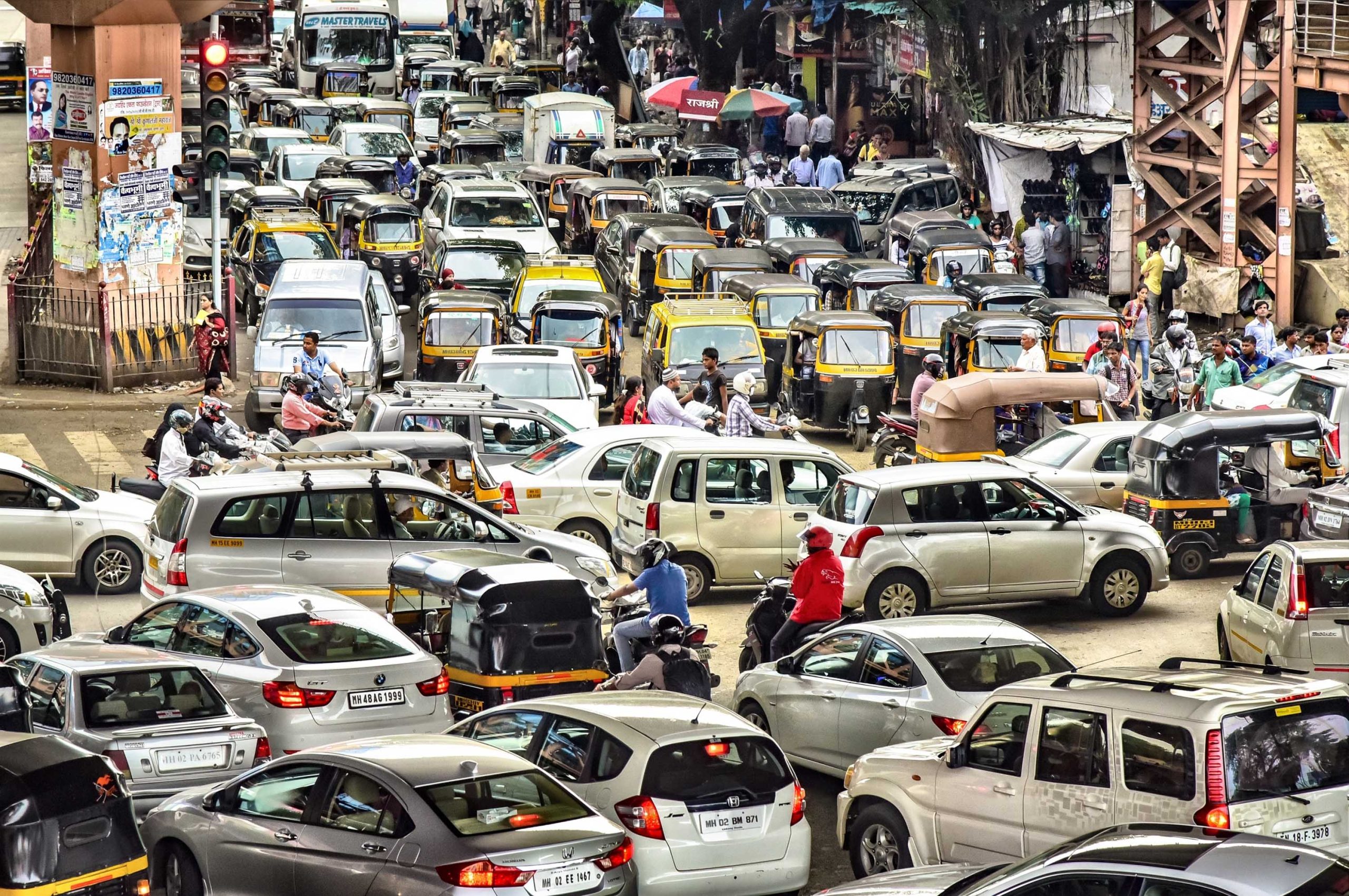
2. Lima, Peru: Permanent Rush Hour
Lima’s population boom has left its transportation systems scrambling to keep pace. Commuters here lose an average of 116 hours annually in traffic, moving at just 15 km/h (9 mph) during peak times. With limited mass transit and a culture reliant on private cars and taxis, bottlenecks are unavoidable.
Loose enforcement of road rules and aggressive driving habits only exacerbate delays. Leasing becomes a smart option here as newer vehicles reduce maintenance concerns and add comfort during long rides. In Lima, traffic isn’t a rush-hour issue—it’s a full-day event that shapes the way people live and work.
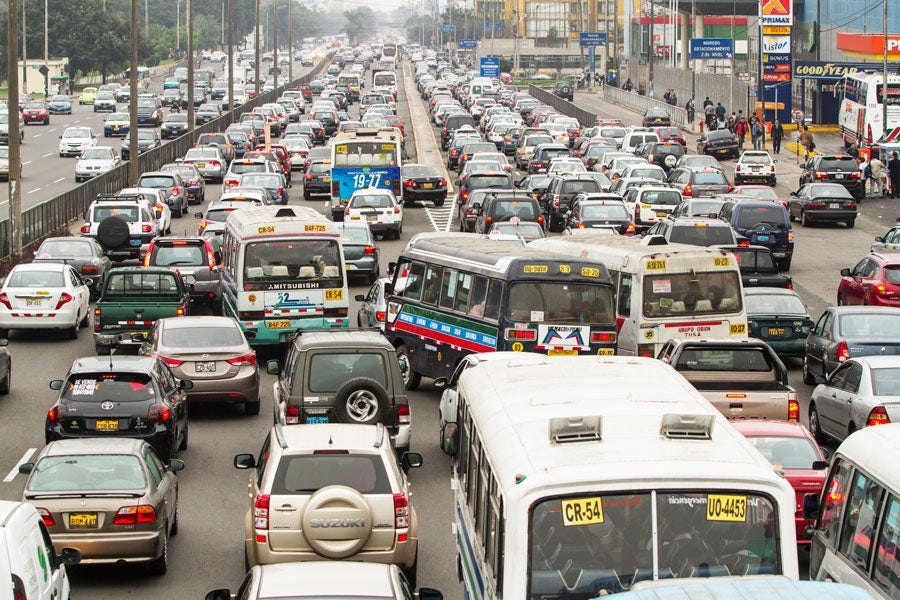
3. Manila, Philippines: A Commute in Chaos
In Manila, traffic jams are not just common—they’re expected. Commuters lose 98 hours per year, traveling at an average of 19 km/h (12 mph) during busy hours. Iconic jeepneys and tuk-tuks, while culturally rich, add to the street-level disorder. Seasonal flooding and poor infrastructure complicate routes, leading to unpredictable travel times.
A vehicle coding system limiting when certain cars can operate hasn’t curbed the chaos. Leasing newer, efficient cars can help mitigate the stress, thanks to better safety features and warranties. But for many, traffic remains one of the top causes of daily stress in the Philippine capital.
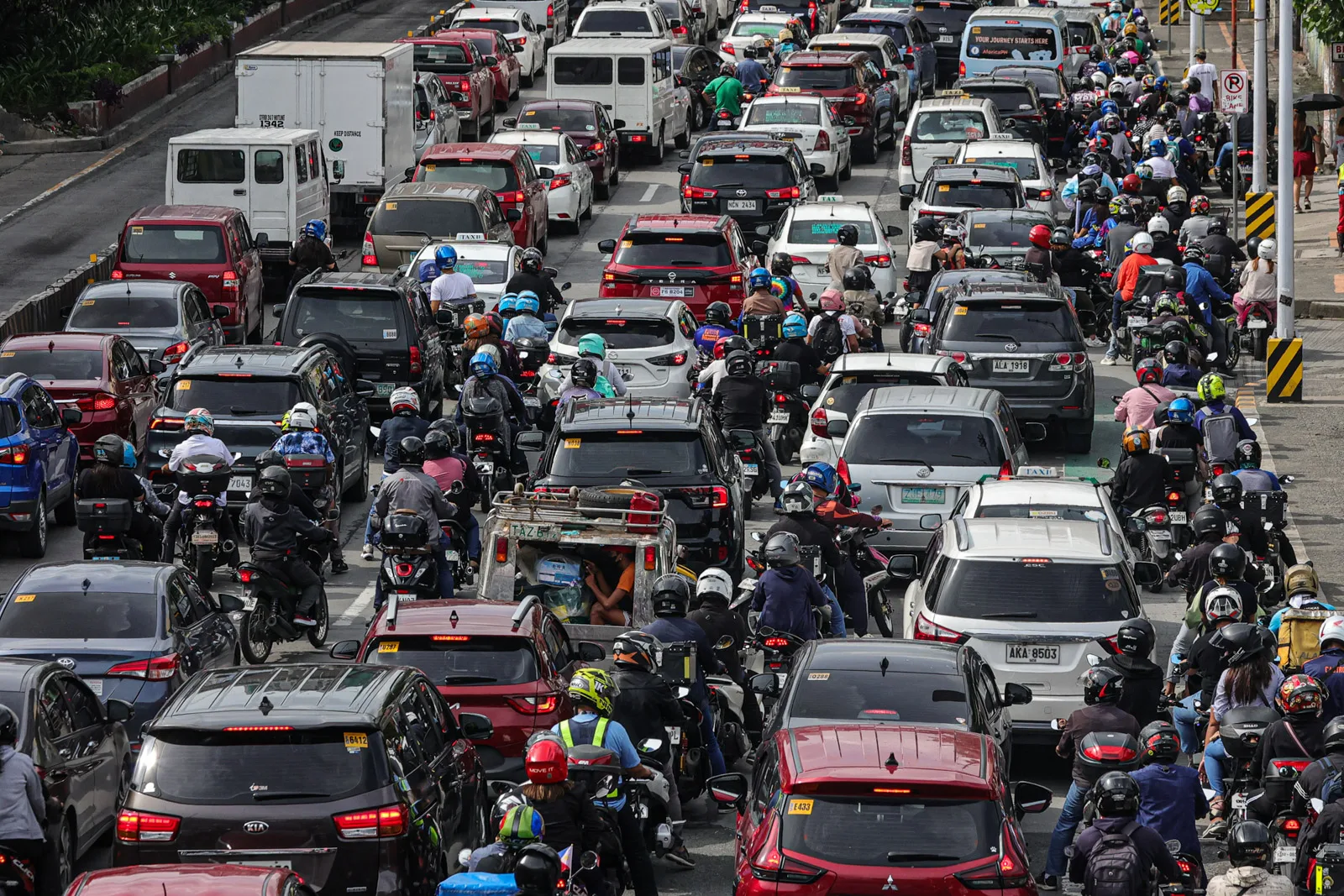
4. Istanbul, Turkey: Bridging Two Worlds, Slowly
Istanbul’s stunning location between Europe and Asia brings with it geographic challenges, particularly with congestion on the few bridges that span the Bosphorus Strait. Commuters lose 103 hours a year in traffic, especially on the iconic Bosphorus Bridge.
Despite some public transportation expansion, the influx of over 20,000 new cars monthly overwhelms the city’s roads. The cultural preference for driving worsens the bottlenecks.
Business fleet leasing is advised to stay adaptable and environmentally compliant. Though scenic and historic, Istanbul’s charm fades quickly behind the wheel during its extended rush hours and daily gridlocks.
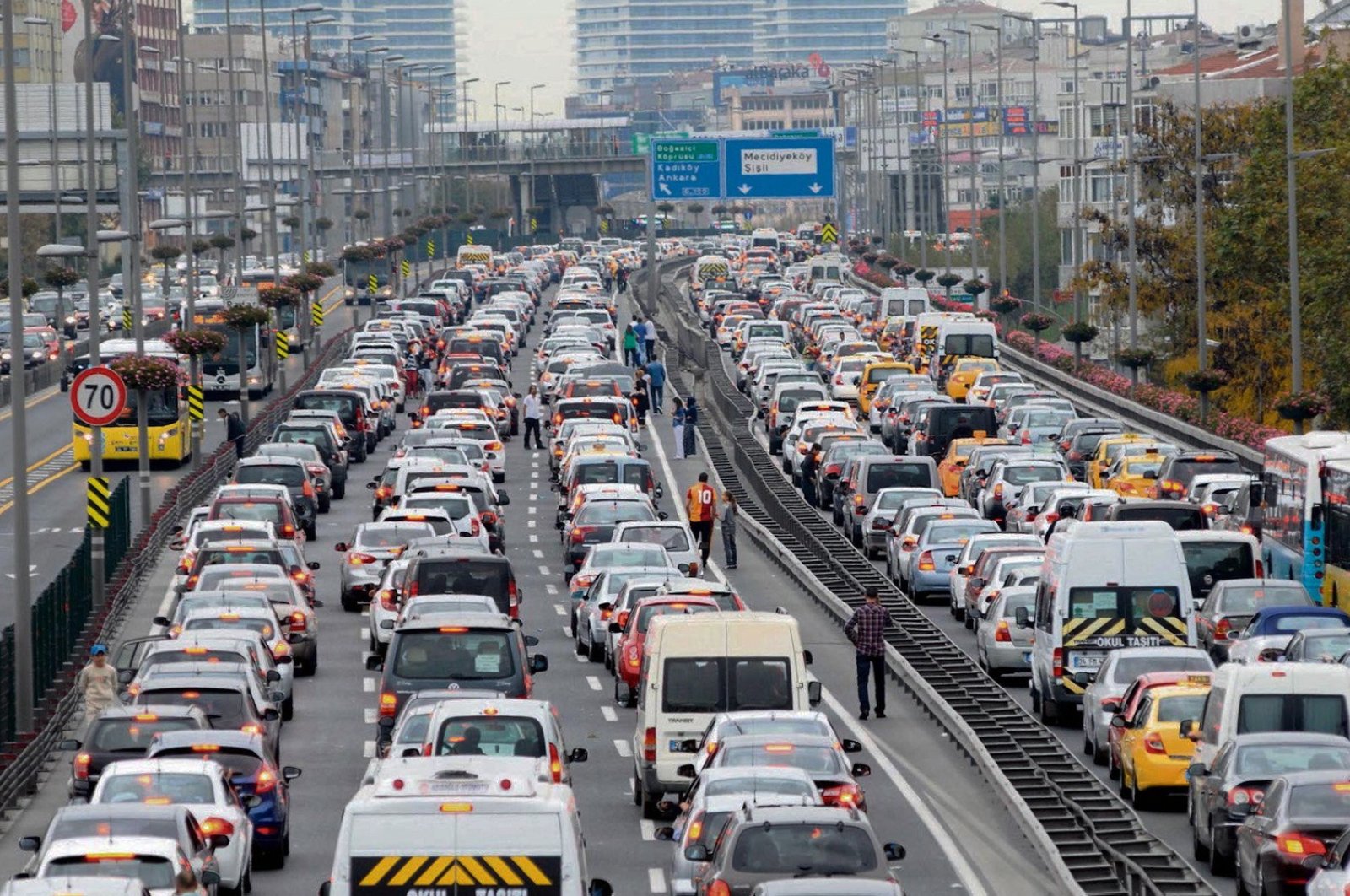
5. London, UK: The Crowded Capital
London may have world-class public transit, but its roads remain jammed. Commuters lose an average of 99 hours annually, with notorious delays on routes like the A406 and Euston Road. Despite congestion charges, ULEZ regulations, and high parking costs, traffic continues to choke the city.
Vehicle leasing offers a way to avoid compliance headaches with ULEZ by using cleaner, more modern cars. Fleet operators benefit too from tax incentives and flexibility. However, even the best car can’t solve the issue of overcrowded streets. In London, traffic isn’t just a nuisance—it’s baked into the city’s daily rhythm.
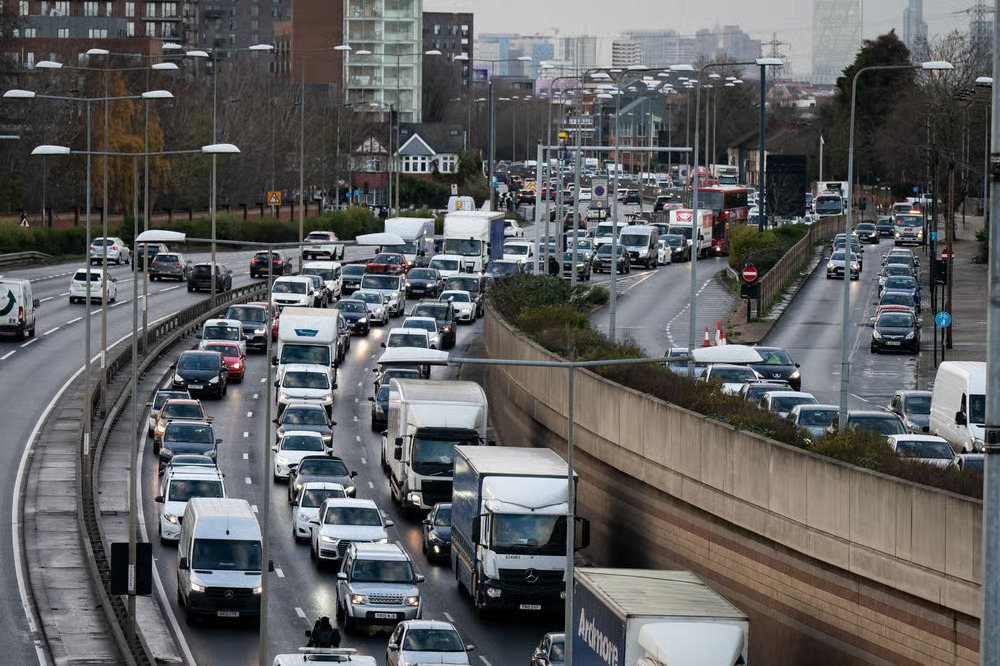
The five cities featured here represent some of the toughest places to commute on the planet. Long hours stuck in traffic, minimal progress, and infrastructure bottlenecks turn commuting into a draining ordeal.
While leasing offers some solace through efficiency and comfort, it doesn’t solve systemic issues. Whether it’s the outdated roads of Manila or the overcrowded bridges in Istanbul, these cities urgently need transformative transportation strategies.
For now, commuters must brace themselves daily for delays and frustration, proving that urban growth without infrastructure support inevitably leads to a standstill—literally and figuratively.
Also Read: 5 Cars With Remote Kill Features and 5 That Keep Running After Theft

